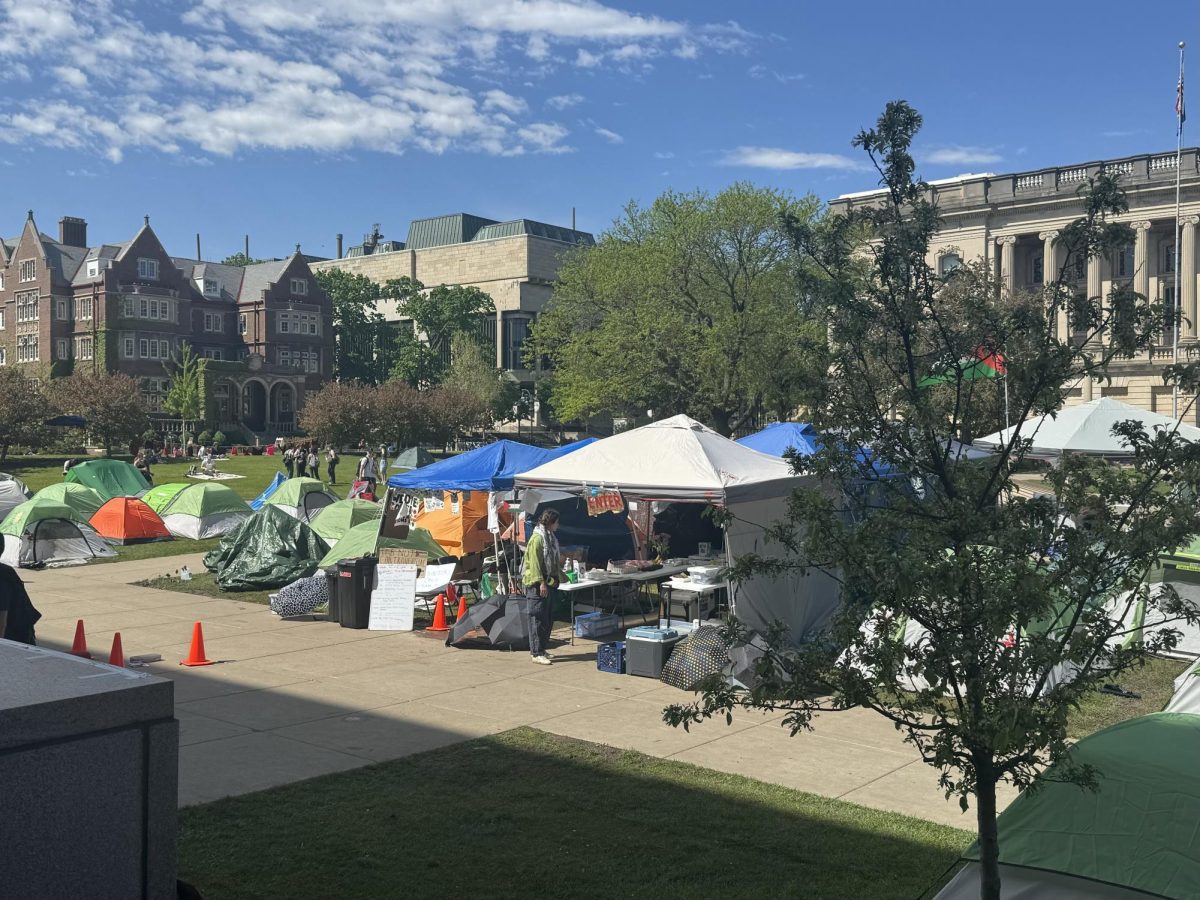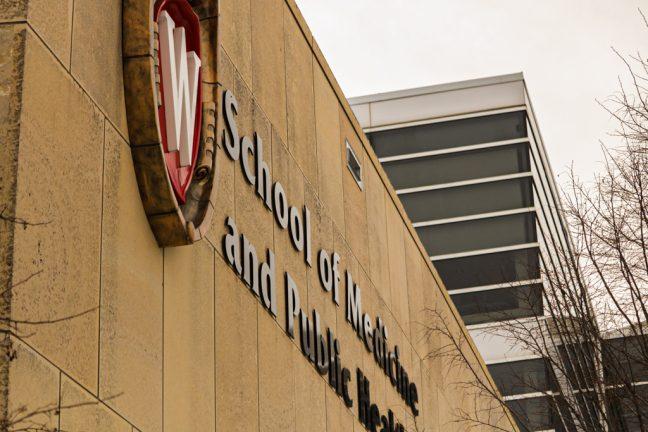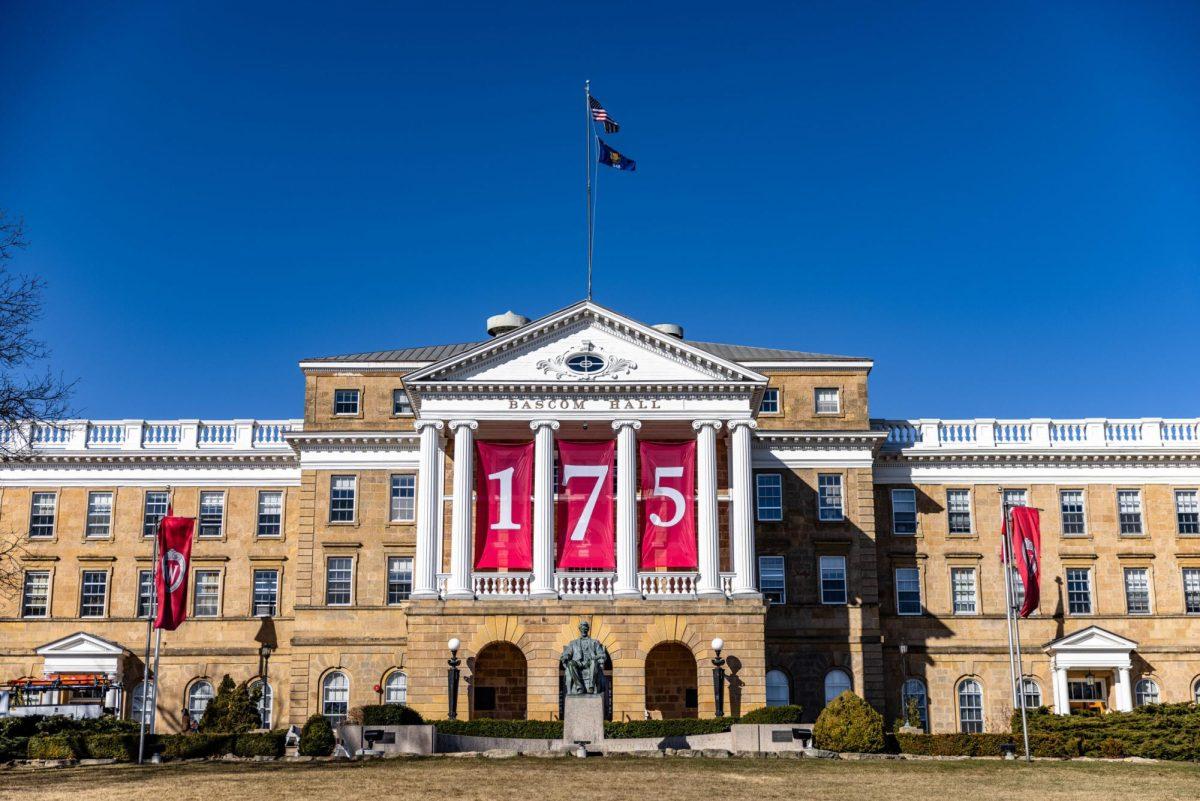The number of reported H1N1 cases on the University of Wisconsin campus has reached a semester low following four weeks of steadily declining reported flu cases, University Health Services said Tuesday.
From Oct. 4 to 10, UHS reported 43 students contacted them with influenza-like illness, down 26 percent from the 58 cases the week before and 88 percent from a high of 345 cases during the second week of the semester.
The total number of reported H1N1 cases on campus as of Oct. 10 was 906, the majority of which were reported during the first two weeks of classes.
According to Sarah Van Orman, director of UHS, the H1N1 strain has not been confined to students living in university housing but has affected all students proportionately across residence and grade levels. Less than 20 percent of the reported H1N1 cases were from students in residence halls.
“What’s been interesting about this outbreak is that it didn’t follow the pattern that we typically predict with influenza,” Van Orman said.
Traditionally, the number of influenza cases gradually rises over a period of five to six weeks, reaching a peak anywhere between December and March, Van Orman said. However, the H1N1 strain spread widely over a short period of time, reaching its peak during the second week of classes.
Craig Roberts, epidemiologist at UHS, said though the number of H1N1 cases has dropped significantly since the beginning of the semester, the number of flu cases is still considered high for this time of year.
College campuses across the country have experienced similar patterns with the spread of H1N1, Van Orman said, but UW is the only school within the state system that has seen such a disproportionately large outbreak.
“Other campuses nationally were affected in the same way, but within the [UW] system there has been very low-level activity,” Van Orman said.
Currently, the only flu vaccine available through UHS is the seasonal flu vaccine. Roberts said UHS has administered 5,000 doses of the vaccine since it first became available three weeks ago.
The first batch of H1N1 vaccines will likely arrive near the end of this week or early next week and will be available for health professionals first, Roberts said. He added the H1N1 vaccine is in high demand, which means UHS may not receive the entirety of its 20,000-dose order in one shipment.
According to Van Orman, students should get both the H1N1 vaccine, when it becomes available, and the seasonal flu vaccine to protect against both strains.
“I’m not going to say we won’t see another outbreak,” Van Orman said, noting influenza is unpredictable and another round of H1N1 is possible.
Van Orman said UHS is still concerned about the spread of H1N1 because it has caused more serious health problems in college-aged people than the seasonal flu.
“More than seasonal flu, the people that have had serious hospitalizations have been more concentrated in the pediatric and the young adult population,” Van Orman said.












